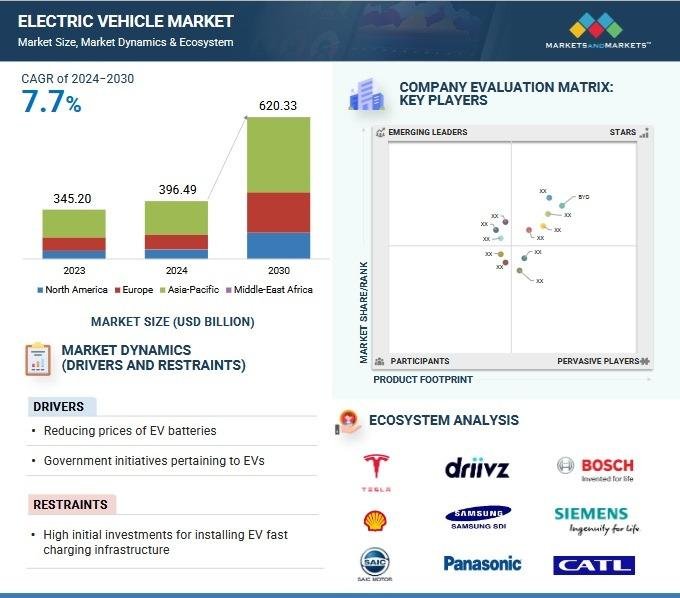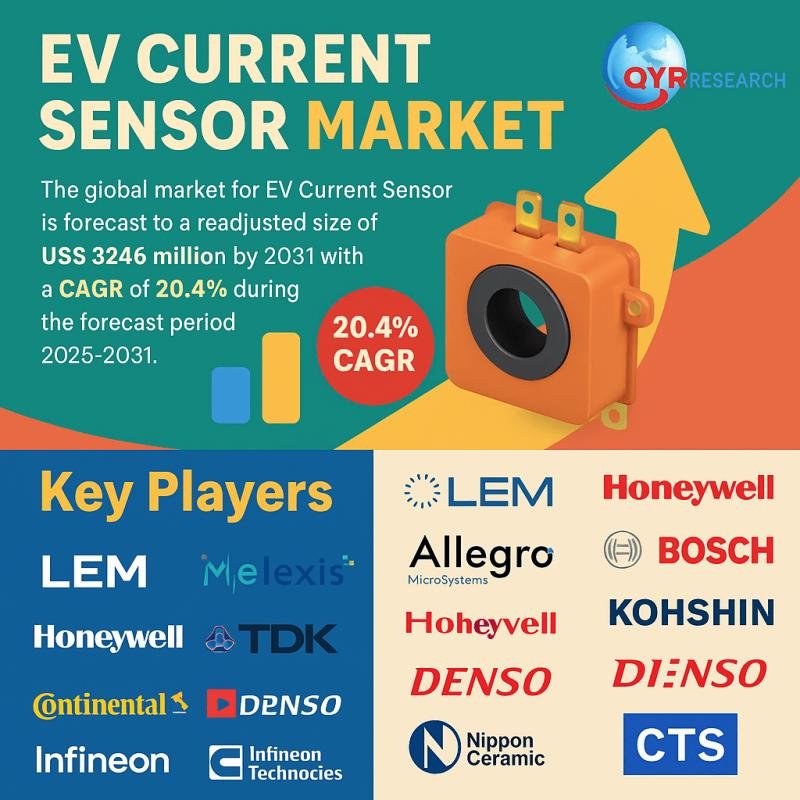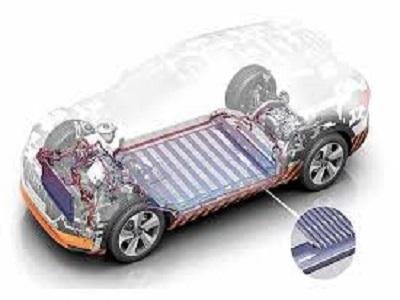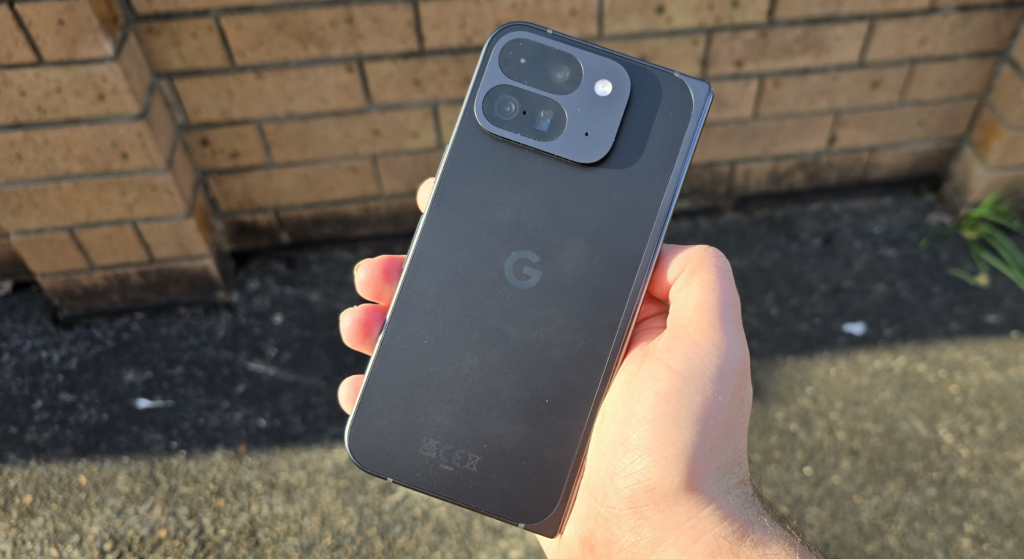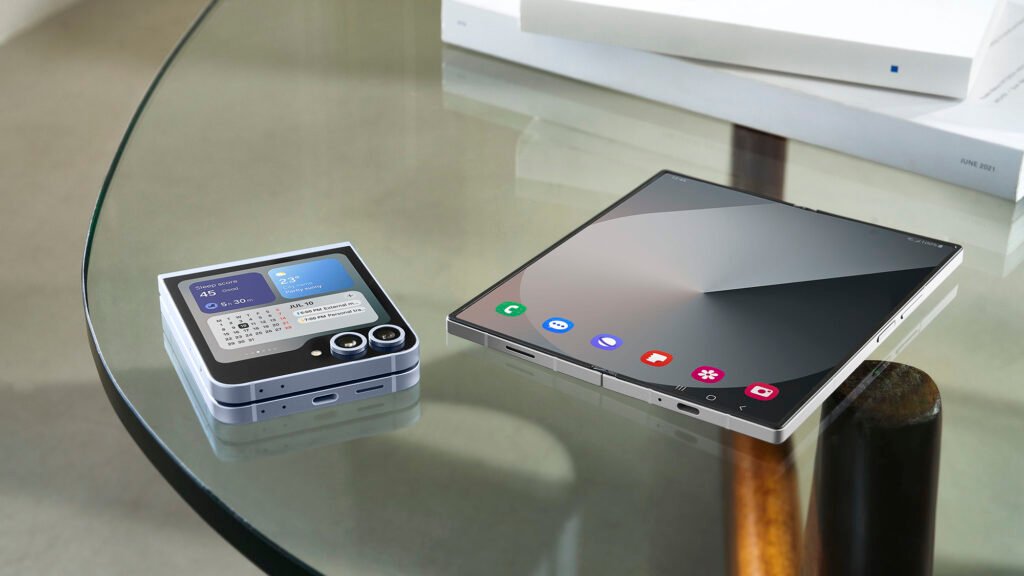Link
Sophia Kokolakis doesn’t always know what she’s having for dinner, even after she’s been to the store. A large paper bag brimming with food rides shotgun on the way home, but she has no clue what’s inside.
The Toronto resident ordered the bag on Too Good To Go, an app where grocery stores and restaurants can list their excess, soon-to-be-trashed food for pickup at discounted rates. For $8.99, Kokolakis said she got three burrito wraps, a Thanksgiving stuffing dish and three containers of imitation crab salad.
As more people aim to cut down on weekly food spending, markdown apps are an increasingly popular way to score cheap meals destined for garbage bins. Part of the appeal? App developers say they might offer a meaningful solution to the world’s major food waste problem.
The United States wasted 73.9 million tons of unsold or uneaten food, or nearly one-third of the country’s total food supply, in 2023, according to data from ReFED, a nonprofit focused on food system reform. Retailers and restaurants accounted for about 17.2 million tons of that waste.
The most widely used markdown apps include Too Good To Go, with about 120 million users, and Flashfood, with more than 1.5 million users, which both partner with businesses in dozens of major cities throughout the US and Canada.

Before the end of each day, Clifford Simpson, the owner of the Atlanta restaurant Soul Good Fine Food, takes stock of how many dishes he has sold and lists a handful of “surprise bags” for $5.99 each on Too Good To Go.
Users stake their claim on Simpson’s bags without knowing what they’ll get. The app only guarantees an $18 value, with combinations of wings, fried fish, black-eyed peas, ribs, grits and more listed as possibilities.
“Before (using) the app, we would just throw out tons of food every day. It cost us a lot of money,” Simpson said. “Now we got more new customers coming in, maybe they haven’t heard of us before, and they come back another day.”
Partnering businesses pay a membership fee and give a percentage of each sale to the app in exchange for their listing service, according to a Too Good To Go spokesperson.
“It saves a lot of waste and at least covers my cost of food and labor. I’m not making money on it, but I’m also not losing money,” said Atlanta-based Pizza Jeans owner and Too Good To Go partner Jeremy Gatto.
If a customer isn’t happy with their purchase, they can write a review in the app for other users to see.
Flashfood functions similarly, but it only partners with food stores and grocers. Participating businesses list their items on the app at a discount two to three days before the “best-by” date, according to Flashfood spokesperson Esther Cohn.

While eating day-old food doesn’t appeal to everyone, most markdown apps’ policies require partnering businesses to follow local food safety regulations, said Patrick Guzzle, vice president of food safety for the National Restaurant Association.
Most state health departments follow the US Food and Drug Administration Food Code model, which requires that vendors throw out cooked food after seven days to prevent the overgrowth of dangerous, invisible pathogens like listeria, salmonella and E. coli, Guzzle said.
Both Flashfood and Too Good To Go allow users to report spoiled food for refunds and remove businesses that violate their policies.
On the other hand, there are limited state regulations against wasting food that is perfectly good to eat, Guzzle noted. Liquid separation, discoloration and loss of shape, for example, are all common reasons businesses may opt to throw things out to protect their brand reputation, he said.
“There’s a lot of differences between food quality and food safety. … Many people don’t know the difference,” Guzzle explained. “The food code, all of that’s built around those pathogens. … ‘Freshness’ on the other hand, is a food quality concern.”
After the Covid-19 pandemic drove up food insecurity and damaged food supply chains, more vendors started to take notice of just how much food was going to waste, said Jeffrey Clark, the National Restaurant Association’s director of business engagement, in an email.
“Many consumers began demanding more action from the companies they patronize, and the restaurant industry is starting to respond,” Clark said. As markdown apps become available in more cities across the US, ReFED estimates the technology could potentially save up to 881,000 tons of food waste per year, based on annual reports from the apps.
Still, a general lack of awareness about these apps among food vendors and customers alike, as well as an overly cautious food culture, have posed a challenge to expansion efforts, said Jackie Suggitt, vice president of business initiatives and community engagement for ReFED.
Stephanie Smith, who lives outside of Wilmington, North Carolina, said she loves the concept of food markdown apps like Too Good To Go. But even with a population of more than 100,000 people, there aren’t enough businesses listing food on the app for her to use it consistently.
“I’ve used it twice at a local bakery, I went and picked up a box of pastries that they had,” Smith said. “But I’m hoping that a lot more businesses will pick up on it.”

In the bustling city of Toronto, where Kokolakis lives, demand can be so high that there aren’t enough offerings for everyone who wants them. Many surprise bags sell out within mere minutes, she said.
“The demand is there,” Cohn said of Flashfoods in an emailed statement. “Our job is to get more items on the platform that people can purchase and allow them to shop at more places. We ultimately want to be available everywhere groceries are sold today.”
A big driver for awareness about these apps has come from user testimonials posted on social media platforms. However, some showcase less than glamorous surprise bags and excessive loads of bagels, for example, that may be impractical for a regular Tuesday night dinner.
“One of the biggest unknowns is we don’t know how much of that food is still not going to waste,” Suggitt said. “We assume they’re eating it. We hope they’re eating it. But I think a big question still is, how much are they eating versus how much is still ending up in the garbage?”
Still, Kokolakis said by reading online reviews and using the apps mindfully, she can still limit her purchases to foods she will actually eat.
“It’s such a cool way to help out,” Kokolakis said. “You feel good about your purchase, and you get to try something new.”
Sign up for CNN’s Life, But Greener newsletter. Our limited newsletter series guides you on how to minimize your personal role in the climate crisis — and reduce your eco-anxiety.

